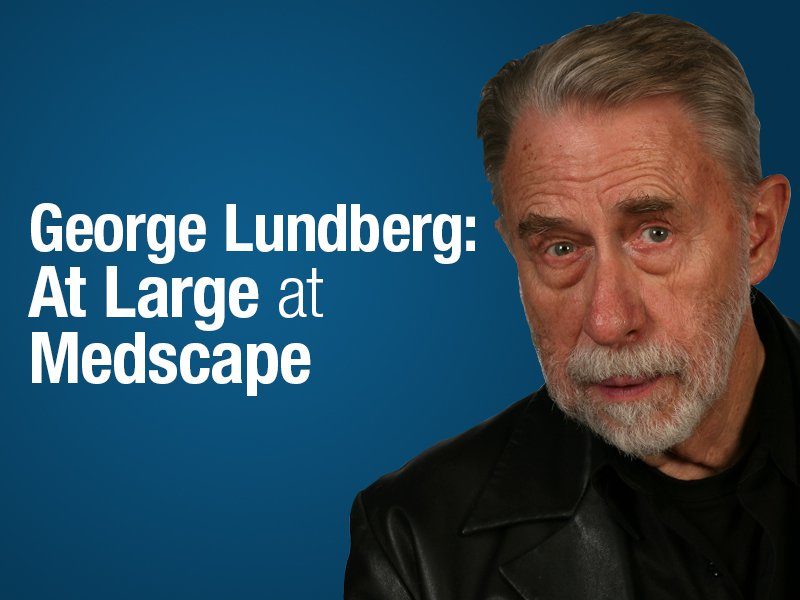It has been 11 years since independent investigative science journalist Gary Taubes published his best-seller, Good Calories, Bad Calories,[1] after 15 years of serious study, enabled by that amazing new tool, the Internet. Turns out, it's not fat that makes us unhealthy. In 640 total pages with 459 notes, 1700 references, and 924 Amazon customer reviews, Taubes demolished what the medical, scientific, and nutrition fields (since at least the 1960s) had spent countless billions of dollars building and profiting (but also dying) from: the fat food theory of the causation of "diseases of human civilization" - atherosclerosis, coronary artery heart disease, diabetes, obesity, hypertension, stroke, cancer, dementia, and even osteoporosis and arthritis.
As the ultimate insider (me: organized-medicine member since 1967; JAMA journals editor for 17 years; faculty at University of Southern California, University of California, Northwestern, Harvard, Stanford) through that entire time, I am struck by how the ultimate independent outsider (Taubes) could look at the same mass of information all the rest of us had access to and come to such different conclusions.
In addition to the newly comprehensive access provided by the Internet, science-educated investigator Taubes also brought the open and questioning journalist's mind, unfettered by the conflicts of traditional scientific education; professorial authoritarianism; established career path dogma; addiction to grant support; the limits imposed by establishment peer review; the medical publishing business; need for and love of medical money and collegial esteem; opportunities for vast commercialization; invidious government power and political "scientific" positions; mass production and marketing of professional and consumer products; plus advocacy groups and influence.
Big Public Health. Big Farming. Big Agriculture. Big Government. Big Academia. Big Industry. Big Marketing. Big Advertising. Big Advocacy. Big Medicine. Big Publishing. All were marching to the tune composed by what they thought - in good faith, I believe - was good science.
And it wasn't all bad science. The massive effort at culture change - stop eating this, that, or the other fat - was excessive, considering the meager amount of supporting data. The unintended effects were so extreme and went so unrecognized because of this huge effort based on what had become dogma: that eating fat is bad (9 calories per gram vs 4 calories for protein and carbs). The laws of thermodynamics - calories in, calories out - had been everything in weight control.
As the scientist, medical journal editor, insider, I was even involved in the mass "Campaign Against Cholesterol,"[2] led by the American Medical Association, doing everything we could from within organized medicine, and using many industry partners who, of course, stood to profit via their new low-fat products.
Real-world application is where the science, and especially the public health, communities failed. They did not keep their eyes open to the evolving real-world experience. They did not challenge the dogma and prevailing practices as the truth became more and more obvious during the mass-fattening of the population in the developed world.
Where was the self-criticism, the peer criticism, the tough skepticism of clear-eyed, broad-based scientific thought? There were some voices but they were drowned out by the mass-marketing din. I suppose it should not be surprising that the diseases of human civilization may have been brought about by the very institutions that make up what we call human civilization.
Critically studying this whole schmear in retrospect may help us understand why modern medical science and public health can be conducted so poorly while the physical sciences of chemistry, biology, physics, astronomy, as well as computer science and mathematics are conducted so well.
Here are some of Taubes' conclusions as iterated in the 2007 book and repeated in his 2010 equally well done but much less dense "consumer" paperback, Why We Get Fat.[3]
- "Dietary fat, whether saturated or not, is not a cause of obesity, heart disease, or any other chronic disease of civilization."
- "Obesity is a disorder of excess fat accumulation, not overeating, and not sedentary behavior."
- "Consuming excess calories does not cause us to grow fatter, any more than it causes a child to grow taller."
- "Expending more energy than we consume does not lead to long-term weight loss; it leads to hunger."
- "Fattening and obesity are caused by an imbalance - a disequilibrium - in the hormonal regulation of adipose tissue and fat metabolism. Fat synthesis and storage exceed the mobilization of fat from the adipose tissue and its subsequent oxidation. We become leaner when the hormonal regulation of the fat tissue reverses this balance."
- "Insulin is the primary regulator of fat storage. When insulin levels are elevated - either chronically or after a meal - we accumulate fat in our fat tissue. When insulin levels fall, we release fat from our fat tissue and use it for fuel."
That's my current opinion, based on a professed lifetime of misunderstanding nutrition. I'm Dr George Lundberg, inviting you to return for part 2 on this topic in an upcoming At Large at Medscape column.
References
- Taubes G. Good Calories, Bad Calories. New York, NY: Alfred A. Knopf; 2007.
- Stare FJ. The AMA's Campaign Against Cholesterol. JAMA. 1989;261:3240-3241.
- Taubes G. Why We Get Fat: And What to Do About It. New York, NY: Anchor Books; 2010.




Comment: For the original video of Dr. Lundberg giving this talk, click here.